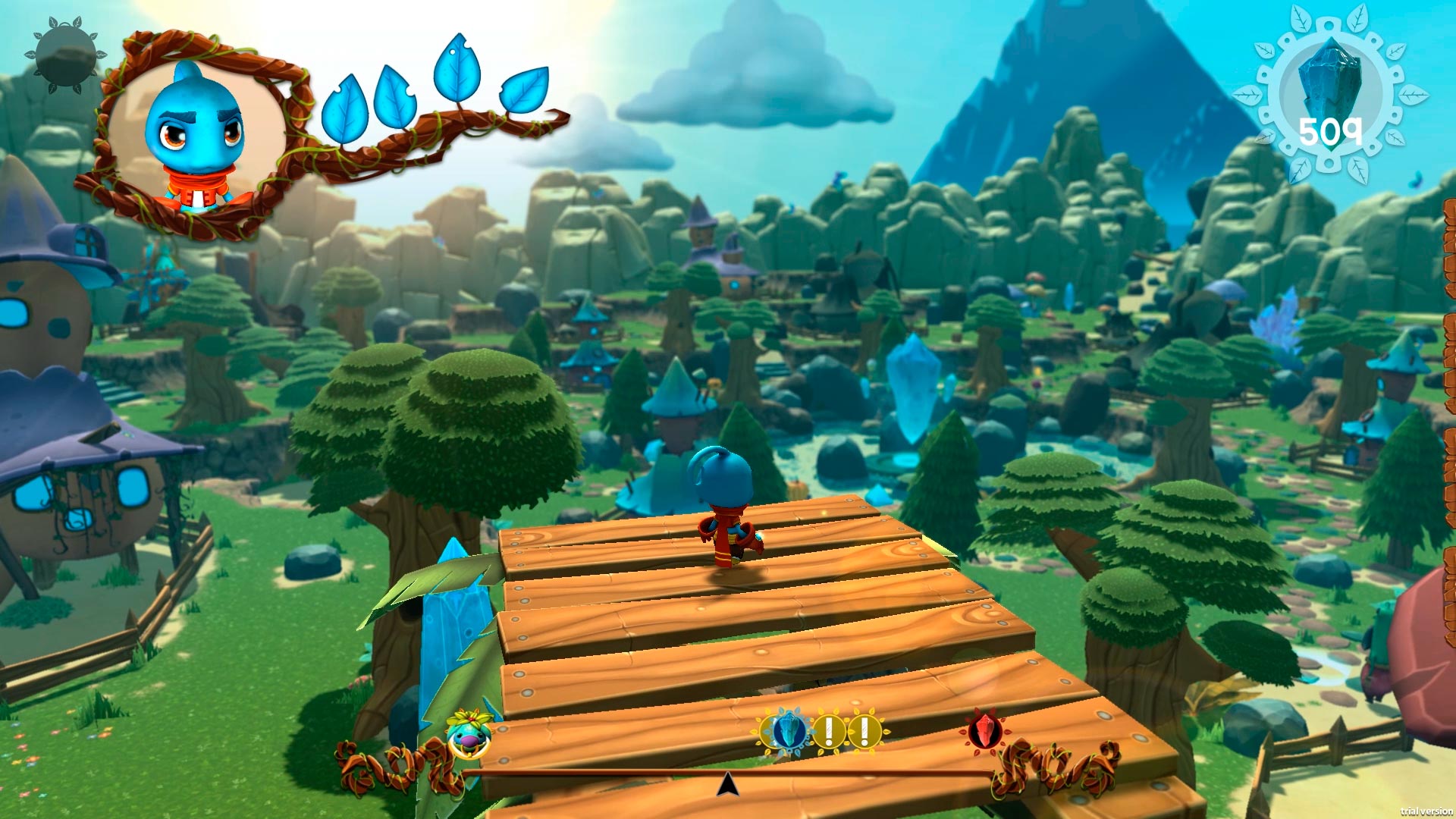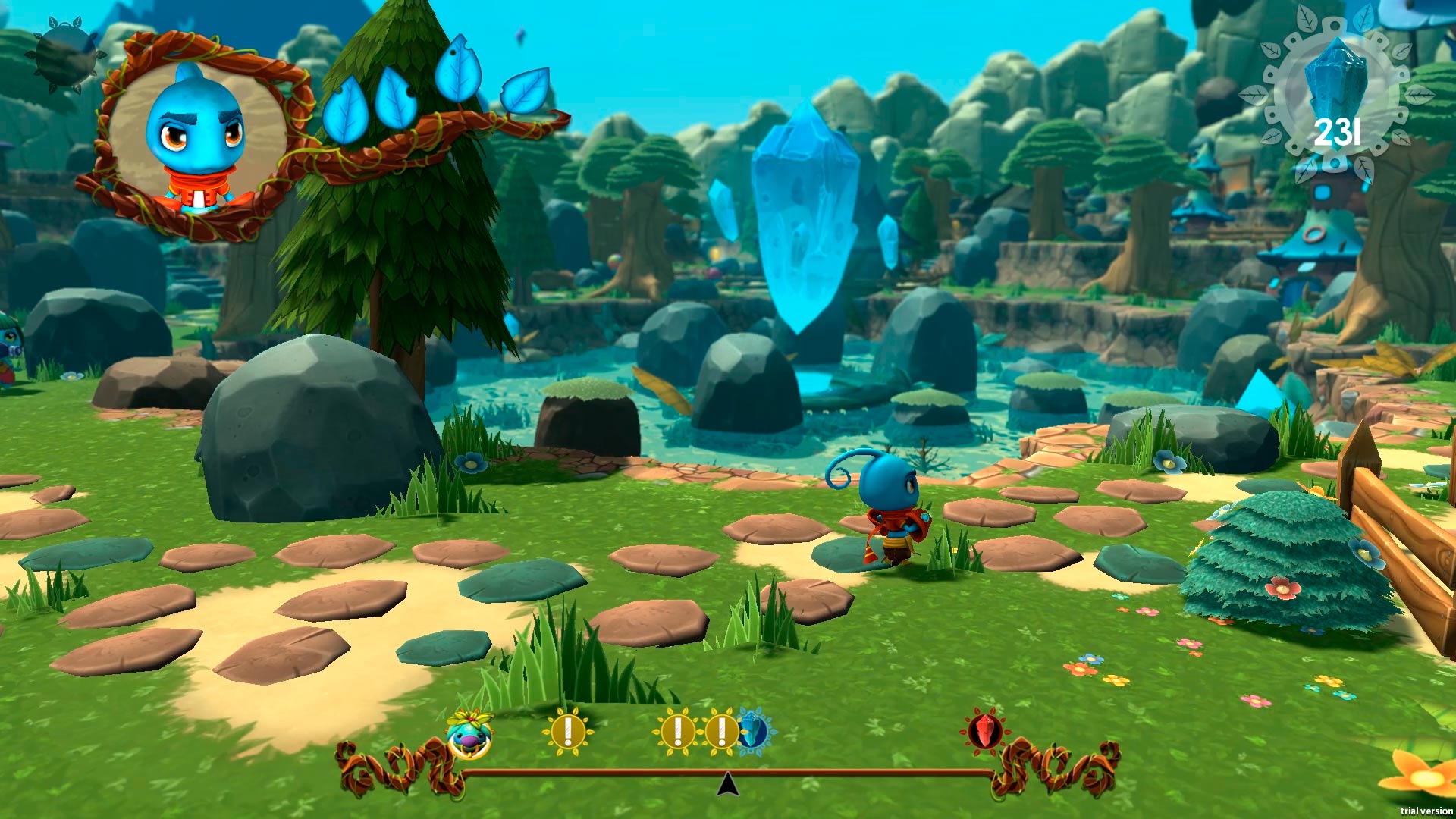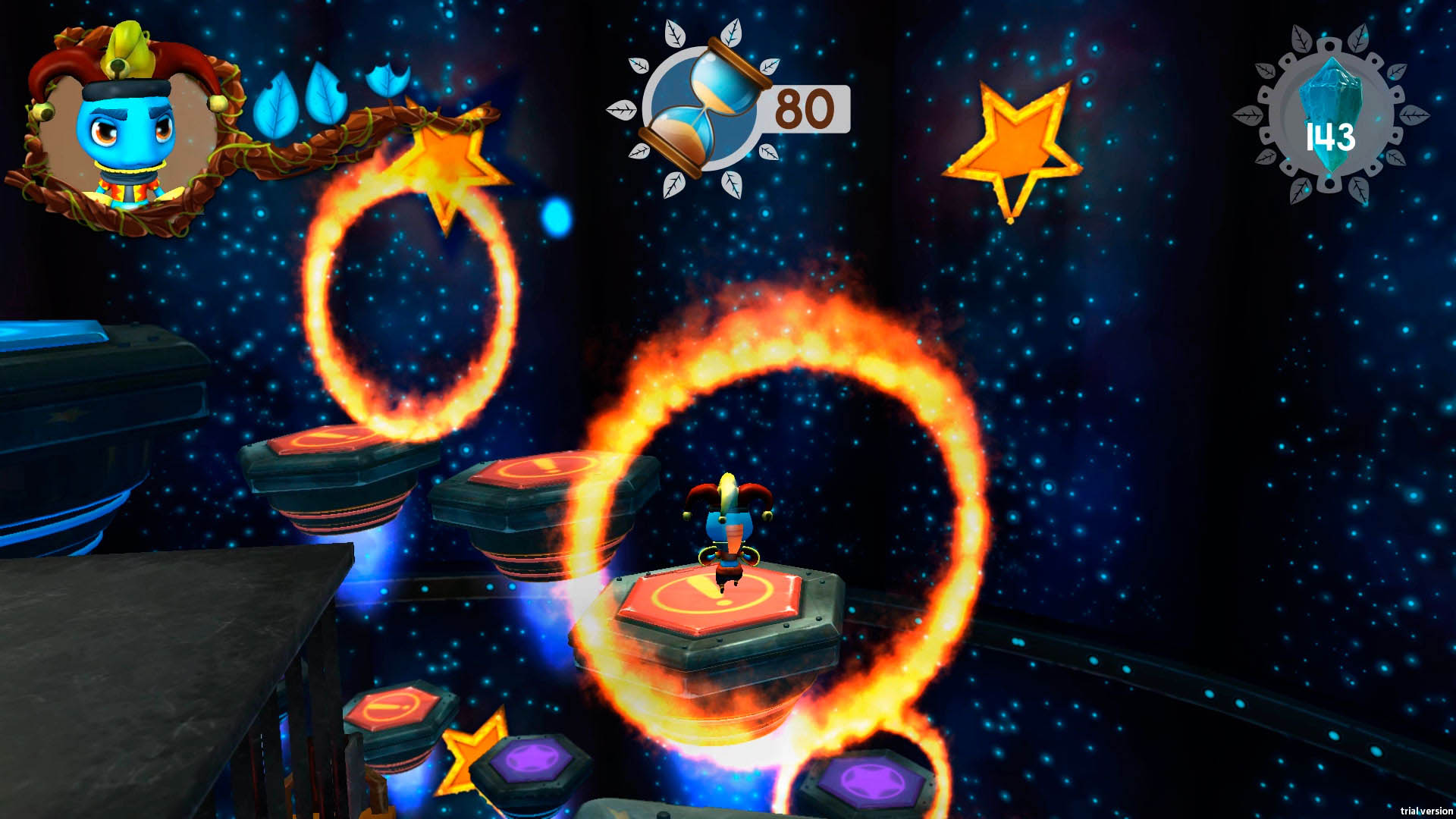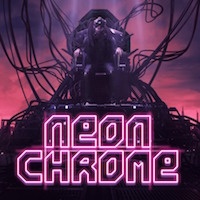
There’s always something that happens when you run across any product, in any location, that boasts about being something. When you find “the best burger in all of Kentucky,” I think many people would just accept that and enjoy the burger. But there are some people who immediately need to compare it to every other burger they’ve ever had in that state and wonder “is this really measuring up?” It’s petty, but you put the label on it, not me. Or when developers call their game “the next something something” or “It’s like _______ but with tacos.” It really irks me, because I often feel that means they either don’t have faith in their product to stand out on it’s own OR they’ve blatantly ripped off some idea/mechanic and want to cover their asses. And, for games looking to become a great 3D platformer, they almost always reference the grandaddy of the modern genre, Mario 64. Which is a foolish move.
Ginger: Beyond the Crystal is one such 3D adventure game, and I’ll get into why that’s a bad idea in a moment. To give you some background: Ginger is a red eyed little blue dude who suddenly appeared after the Goddess inside a crystal stopped talking to the people of the world. Then a dark force made all the blue crystals turn red and that’s bad, so the Goddess suddenly talked again and told Ginger to go save everyone and everything. Ginger, apparently not believing in free will and being WHOLLY invested in divine destiny, donned this sweet set of robes and gloves that the Goddess gave him and sets out to do whatever it is people tell him. If it wasn’t a game, I would almost feel bad for Ginger, a classic, voiceless protagonist who’s just been chilling for several years, enjoying life, and now has to do a combination of neverending fetch quest, habitat for humanity and Professor Layton, but without clever dialogue.
So, Ginger: Beyond the Crystal does look pretty damn good, I have to say. The character designs across the board are both cute and fantasy laden, while everything really feels cohesive despite the broad number of lands that Ginger traverses. From lush forests to dark woods and even deserts/beaches, Ginger never feels like he’s mysteriously stepped outside of himself and ended up on another planet by accident. Don’t get me wrong, the presence of the warping crystals could have easily caused that (oh yea, the crystals are a big deal), but, instead, the developers did a great job of making sure everything fit in with the same thematic, and I have to applaud them for that.

Ginger himself is a pretty decent little hero. He runs around, can punch and pound enemies, and also has a variety of hats that he finds along the way that are both important (new outfits for new abilities!) and pointless (bunny ears, because why not?). Ginger doesn’t always have the clearest hitbox, but the best way around this is to simply make sure you always get the first punch in. Don’t bother assuming you’re going to happen upon a friendly face and end up hurting someone’s feelings: if it moves and you’re not in town, beat the hell out of it. I recommend jumping and then striking the ground, because you’ll almost always get the grunts in the radius of your blast and avoid getting killed. Ginger himself can take about four hits before he dies, and this is something I want to address really quickly. When it’s easier to simply die and respawn a couple of feet back at the last savepoint with full health, that seems like a small problem in health regeneration design. I mean, if the game is meant to be relentless and Ginger’s death is a dramatic thing, alright, go nuts. But there’s no limit or penalty for dying and then respawning. It’s often a lot easier than trying to navigate through a field of angry frogmen or several giant, seed-spitting rabbits with full health than one leaf left.
The hats are also a nice touch, as much as I make fun of them. Ginger: Beyond the Crystal wants the player to have a sense of power and technique that exists throughout the game, and the outfits that Ginger finds along the way mostly make sense. You quickly see in early points that there are areas and secrets you can’t access right away (webs to be burned, walls to be bombed) so you can make a note to come back once you find the appropriate outfit to get to where you wanna go. Most of the time, however, you’ll be perfectly content to run around in the red robes that you start with, which is both a good and bad thing. Good, because if I just kept on the second pair of clothes I found it would defeat the purpose of the base outfit, and bad, because why do I need to carry around this bard’s outfit if I only use it like four times throughout the entire game? Still, some of the hats and outfits are downright adorable, and I can’t fault players for wanting to look spectacular.
And don’t worry, people who enjoy wasting time on minigames and weird sidequest mechanics: Ginger has a ton of them. Even from the start, you end up getting into random small “worlds” where the only purpose is to make your way to the crystal at the end. Maybe they’re spinning platforms to navigate. Maybe it’s a ridiculous minecart to ride. Maybe it’s a game of hide-and-seek that seems apropos but hey, why not? Ginger has a bunch of mini tasks and ideas that inflate the length of this game to a dramatic length, and it does its best to distract you from the fact that they’re essentially filler, but hey, you’re playing a video game, it’s all filler.

The reason that I don’t like that Ginger decided to compare itself to Mario 64 is that this is launching on the Nintendo Switch, and the actual spiritual successor, Mario Odyssey, is still steaming hot and new on everyone’s wishlist. If you tout that you’ve pulled inspiration and ideas from Mario 64 on Mario’s own console, people are going to find a ton of stuff to nitpick and destroy as a result. Like the fact that the game, despite lots of open maps, actually feels very linear due to needing to move one way and only moving backwards after a certain point. Or that the camera work is a little bizarre (inverted axis and limited angles) which sometimes causes dialogue bubbles and perspective to bug out. Or, most importantly, that Ginger does very little “platforming” and much more “exploration,” a technicality that would normally go under the radar. But, for a game that’s literally bigger than Mario Odyssey (by about 600 MB), has much longer and more loading screens AND has a shorter play time, people are going to take notice.
The Switch is now almost 9 months old and has been gaining software titles in troves, almost daily, and I should know, I’m playing a ton of them. Certain gracious allocations are being removed as the availability and quality of games can be measured in far more minute detail, because “it’s on the Switch!” isn’t enough anymore. Ginger: Beyond the Crystal is actually a really charming and engaging game, and, with a little cleanup, it could be fantastic title. The technical details are still a problem, and the massive footprint might really irk players since it doesn’t appear a physical copy is anywhere in the future. If you’re done getting Moons and want to enjoy a different flavor of collect-a-thon (complete with house building), then Ginger could be a great next move. Just make sure to make room on your SD card.

REVIEW CODE: A complimentary Nintendo Switch code was provided to Bonus Stage for this review. Please send all review code enquiries to press@4gn.co.uk.
Subscribe to our mailing list
Get the latest game reviews, news, features, and more straight to your inbox
Thank you for subscribing to Bonus Stage.
Something went wrong.
-
Gameplay - /10
0/10
-
Graphics - /10
0/10
-
Sound - /10
0/10
-
Replay Value - /10
0/10





